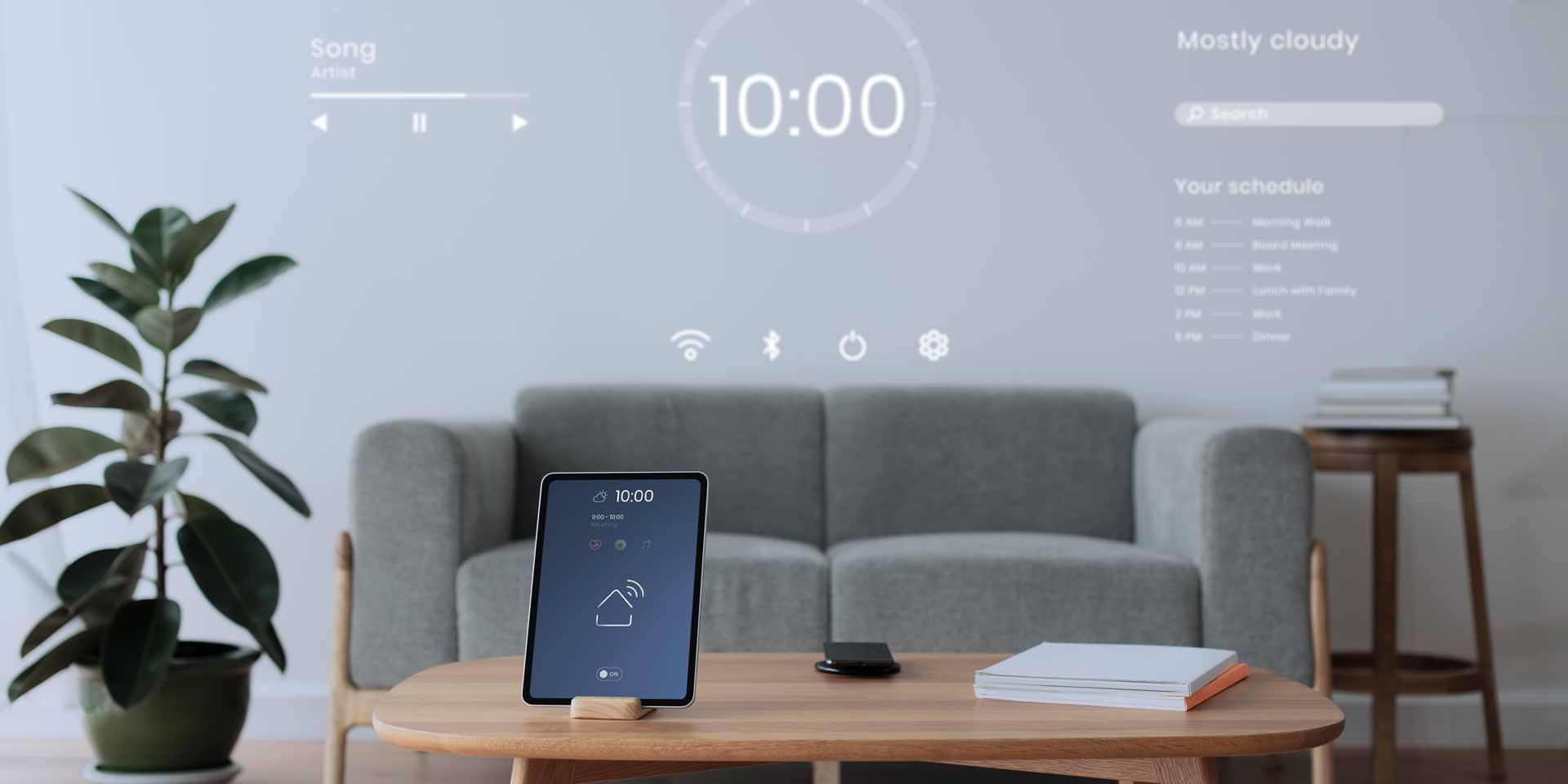Building automation is the use of technology to control and monitor the mechanical, electrical, and lighting systems in a building. It aims to improve the efficiency, comfort, and safety of a building by automating the operation of these systems, while also reducing energy consumption and costs.
Building automation systems typically use sensors and controllers to monitor and control various systems in a building, such as heating, ventilation, and air conditioning (HVAC), lighting, and security. These systems can be programmed to perform tasks based on a predetermined schedule or in response to real-time conditions, such as occupancy levels or weather conditions.
One of the key benefits of building automation is that it can improve the efficiency of a building by optimizing the operation of its systems. For example, a building automation system can be programmed to adjust the temperature of a building based on the number of occupants or the time of day, which can help to reduce energy consumption and costs.
In addition to improving efficiency, building automation can also improve the comfort and safety of a building. For example, a building automation system can be programmed to turn off lights and adjust the temperature in unoccupied rooms, which can help to conserve energy and reduce the risk of accidents.
Building automation systems can be integrated with a wide range of systems and devices, including smart thermostats, smart lighting systems, and security systems. This allows for a high level of customization and control, allowing building owners and operators to tailor the operation of their building to meet their specific needs and goals.
Overall, building automation is a powerful tool that can help to improve the efficiency, comfort, and safety of a building, while also reducing energy consumption and costs. By automating the operation of various systems in a building, building owners and operators can achieve significant benefits and create a more sustainable and efficient environment.
Related Posts
08/17/2023
The Smart Home Revolution: Your Gateway to Modern Living
We will delve into the world of smart?
06/02/2023
AIoT Video Surveillance Systems: Transforming Security with Intelligent Connectivity
Empowering Security and Surveillance?


